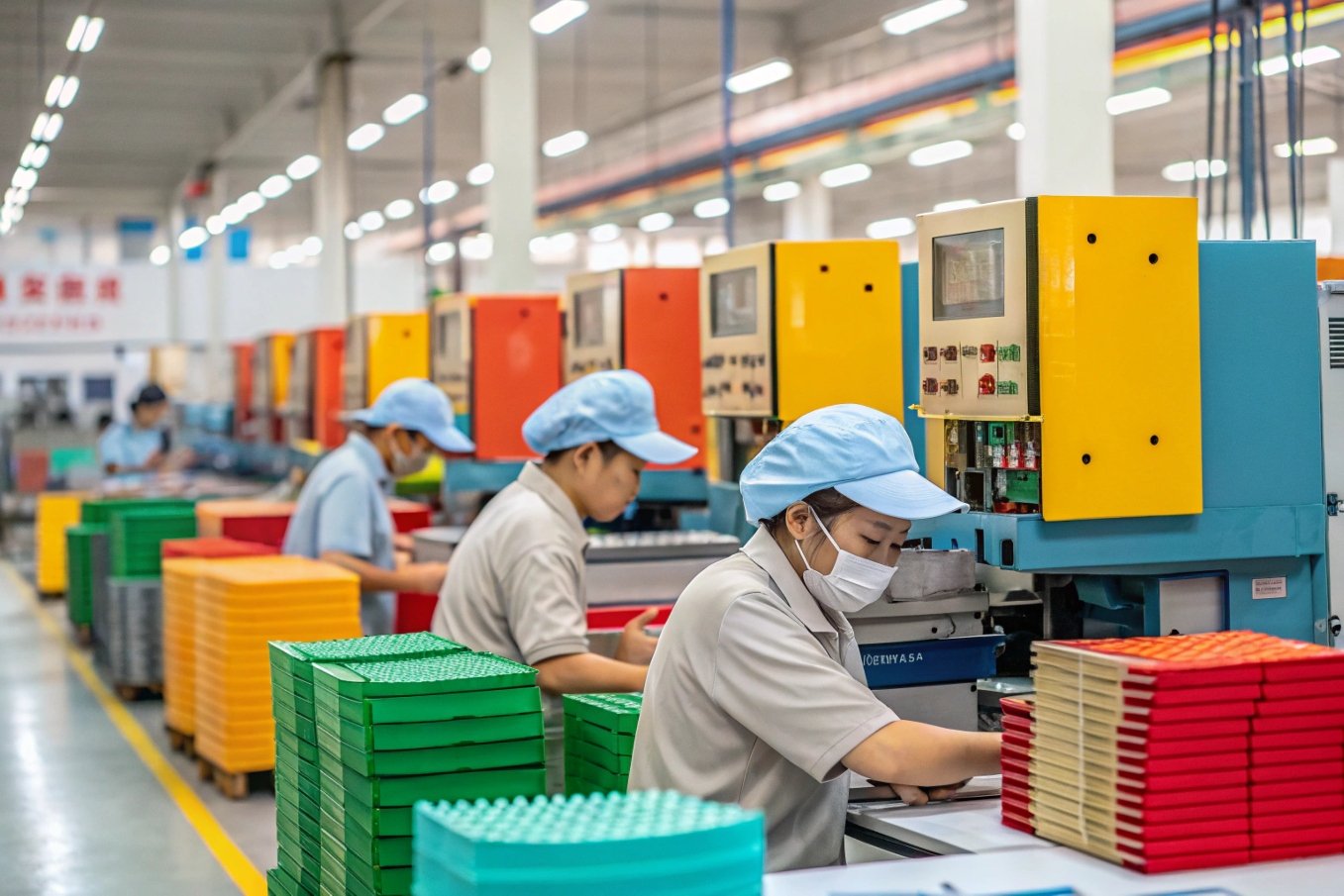
Manufacturing in Southeast Asia has seen a rise in popularity, especially in countries like Vietnam, which has a strategic location for tariffs saving and low production costs. However, the presence of imported components in locally manufactured products could impact tariffs and supply chain stability. Let's dive into the specifics.
When Vietnamese factories use imported parts, it can affect both the tariffs that apply and the overall stability of the supply chain. This is primarily due to rules governing the origin of goods and how products are classified for tariff purposes.
Does Vietnam have tariffs to the US?
Vietnam has its own set of tariffs when exporting goods to the US. For most of the products manufactured in Vietnam, the tariff rate is relatively low compared to countries like China.
Vietnamese exports to the US typically face a tariff rate of around 5%-6%. This is a significant advantage when compared to Chinese goods, which face tariffs of at least 25%. This is one of the main reasons why many US buyers have shifted their sourcing to Vietnam over the past few years, especially after the US-China trade war.
However, the situation becomes more complicated when a product is assembled or manufactured in Vietnam but contains a significant amount of imported parts. The question is: will those imported parts, especially from China, affect the tariff rate applied to the final product?
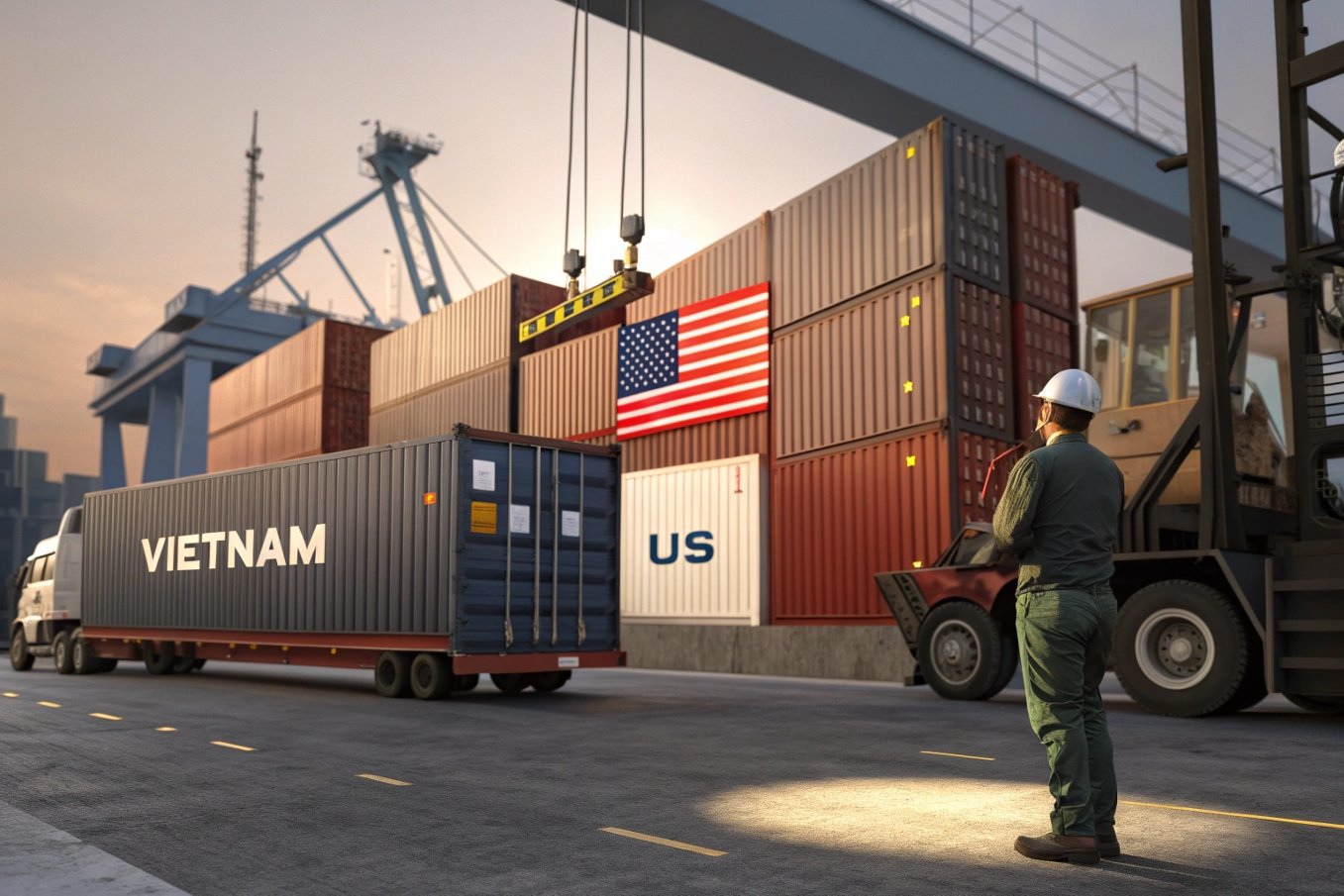
Tariffs and Imported Parts
If the product is primarily assembled in Vietnam, it can still benefit from the preferential tariffs, as long as the product meets the criteria for a "Vietnam origin1" designation. However, the inclusion of a significant number of imported components—particularly from China—could jeopardize this status. In such cases, US customs might impose higher tariffs based on the country of origin of the parts rather than the country where the product was assembled.
This can lead to unpredictable costs and potential delays in the supply chain, which is why understanding the exact composition of products is crucial.
What are the incentives for manufacturing in Vietnam?
Manufacturing in Vietnam offers several advantages that make it an attractive option for many businesses. Besides the lower labor costs compared to countries like China, there are other key incentives that drive foreign investment in the region.
Vietnam has become a manufacturing hub due to its competitive labor costs, strategic location, and access to multiple free trade agreements (FTAs)2. The country is part of the Comprehensive and Progressive Agreement for Trans-Pacific Partnership (CPTPP) and has free trade agreements with the EU, Japan, and others. These agreements can offer reduced tariffs and easier market access for products manufactured in Vietnam.
Additionally, Vietnam has developed a robust infrastructure, with modern ports and logistics networks, which are essential for efficient supply chains. The government has also implemented various investment incentives, such as tax breaks, for companies willing to set up manufacturing facilities in the country.
These factors contribute to a favorable manufacturing environment. However, it's important to remember that the reliance on imported parts from countries like China could still affect the final pricing and tariff situation.
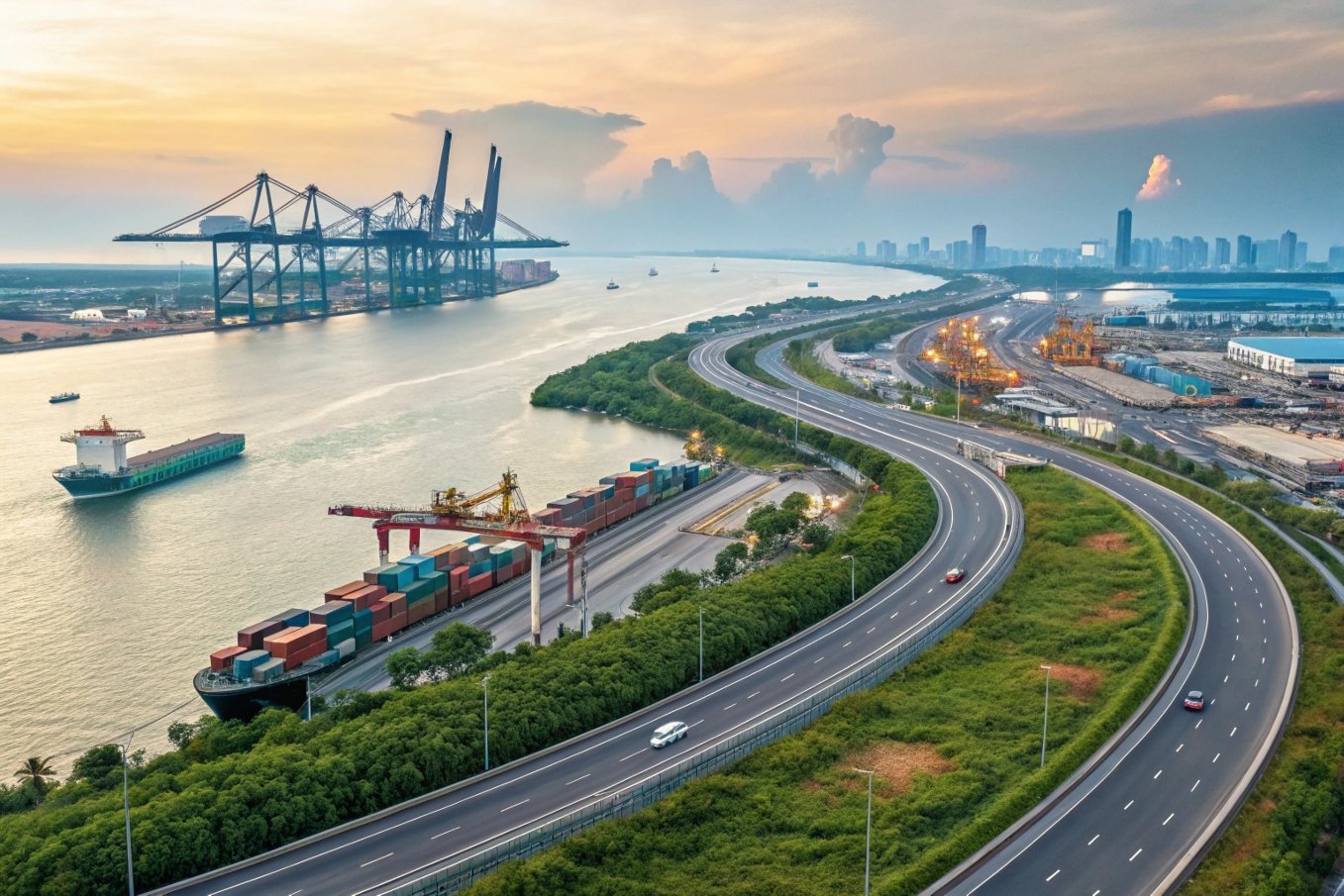
Is manufacturing in Vietnam cheaper than China?
One of the biggest factors in deciding where to source parts or manufacture goods is cost. So, is manufacturing in Vietnam cheaper than in China? The short answer depends on several factors, including the type of product and the level of automation in the production process.
In general, labor costs in Vietnam3 are lower than in China. For example, wages in Vietnam for assembly line workers are significantly lower than in most parts of China. This can be a huge cost-saving factor for labor-intensive industries. However, when it comes to more complex products or those requiring advanced machinery, Vietnam may not always be the cheaper option, as its manufacturing sector is still developing in some high-tech fields.
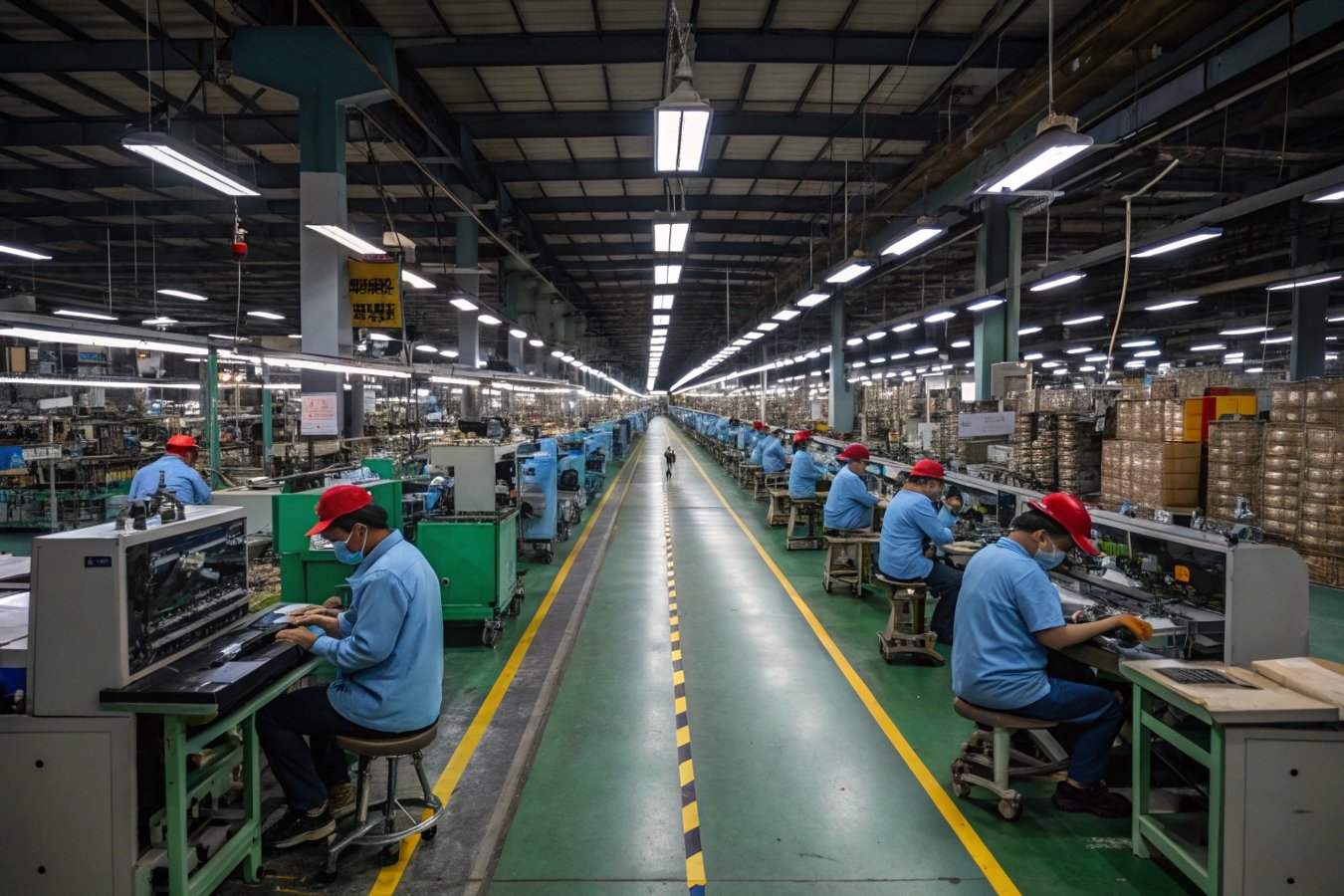
Comparison of Manufacturing Costs in Vietnam vs China
| Cost Factor | Vietnam | China |
|---|---|---|
| Labor Costs | $200 - $400/month | $500 - $1,000/month |
| Energy Costs | $0.10 per kWh | $0.08 per kWh |
| Land/Factory Rent | Lower in suburban areas | Higher in major cities |
| Manufacturing Expertise | Developing in some industries | Highly developed across sectors |
| Tariffs to US | 5%-6% | 25% |
Even though Vietnam has lower labor costs, companies should consider the overall supply chain picture. When parts are imported, especially from China, the cost of tariffs and additional handling can make manufacturing in Vietnam more expensive than it seems at first glance.
Case Study: Sourcing Parts from China vs Vietnam
To illustrate this, let's assume you're sourcing mechanical parts. You have two options: either source all parts from China and manufacture in China, or source parts from China but assemble them in Vietnam. While the initial labor costs in Vietnam might be lower, the tariffs on Chinese components4 could negate these savings. The final product may end up being more expensive when accounting for tariffs on both the imported parts and the final assembled product.
This is why understanding the full supply chain and cost breakdown is critical before making a decision about where to manufacture.
Additional Considerations for Supply Chain Stability
Beyond tariffs and costs, supply chain stability is another crucial factor when choosing to manufacture in Vietnam. The use of imported parts can introduce several risks, such as:
- Dependency on Foreign Suppliers: Reliance on suppliers from countries like China can create vulnerabilities if there are geopolitical tensions or trade disruptions.
- Increased Lead Times: Importing parts may require longer shipping times, particularly if products need to be sourced from multiple countries.
- Quality Control Issues: Managing quality control can become more complex when different suppliers are involved in various stages of production.
These risks can affect your business's ability to meet customer demands and maintain profitability.
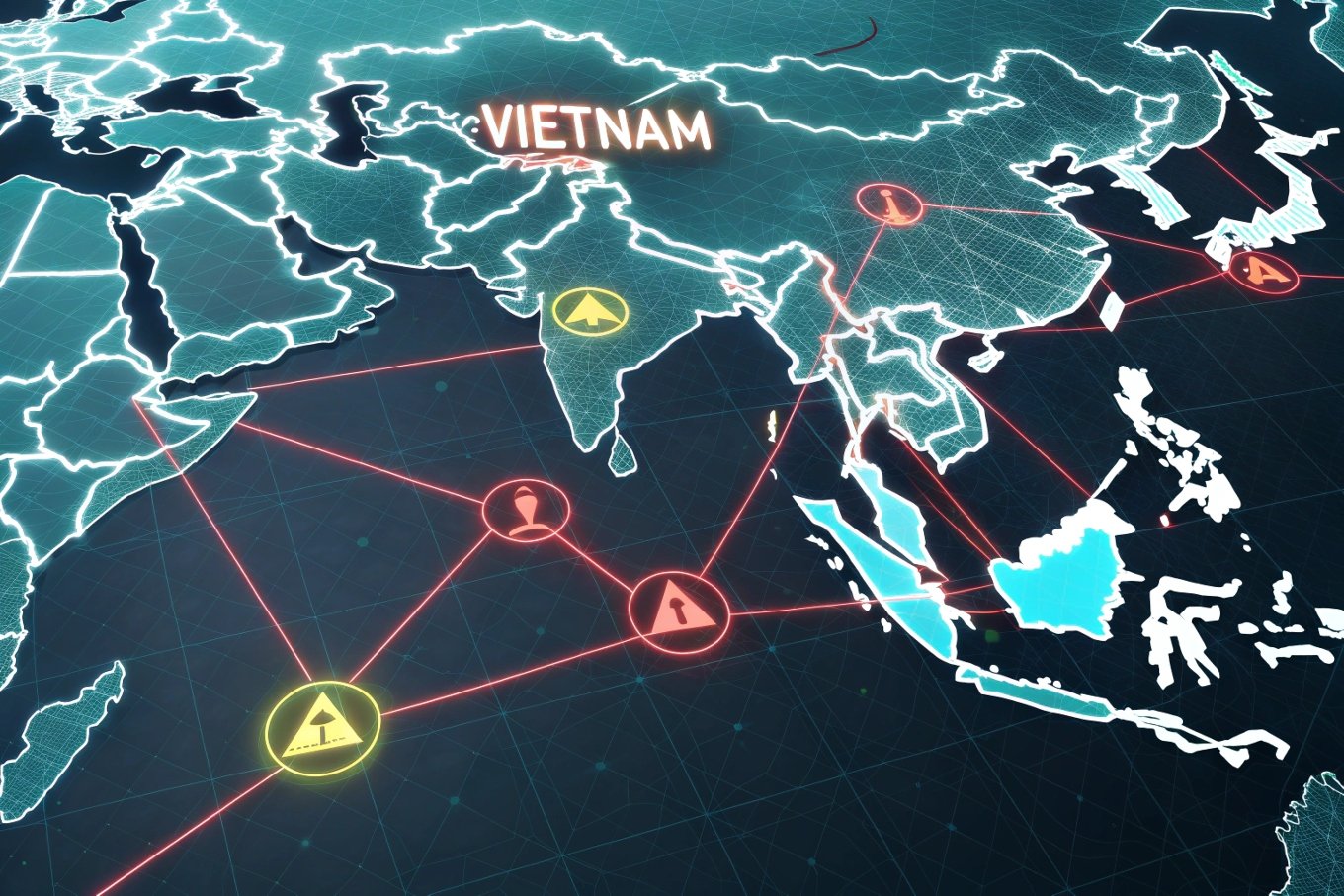
Factors Affecting Supply Chain Stability in Vietnam
| Factor | Impact |
|---|---|
| Geopolitical Risks | Trade tensions could lead to disruptions in the supply of imported parts. |
| Logistical Delays | Delays in shipping and customs can impact overall production timelines. |
| Supplier Reliability | Working with multiple suppliers increases the risk of inconsistencies in product quality. |
Even though Vietnam offers a stable manufacturing environment in many ways, these additional supply chain factors need to be carefully considered to ensure that your business operations remain smooth.
Conclusion
In conclusion, while manufacturing in Vietnam can offer significant cost advantages, especially in terms of labor, the reliance on imported parts can complicate the situation. Import tariffs on those components, particularly from China, can affect the final pricing and supply chain stability. As always, it's essential to assess the entire supply chain before deciding whether manufacturing in Vietnam truly provides the savings you are looking for.
Understanding the criteria for Vietnam origin designation can help businesses ensure their products qualify for preferential tariffs, avoiding unexpected costs. ↩
Exploring the benefits of Vietnam's FTAs can reveal opportunities for reduced tariffs and easier market access, enhancing competitive advantage. ↩
Understanding labor costs is crucial for budgeting and comparing manufacturing expenses between countries. This link provides up-to-date information. ↩
Tariffs can significantly impact the overall cost of manufacturing. This resource explains how tariffs influence the decision to manufacture in Vietnam. ↩



